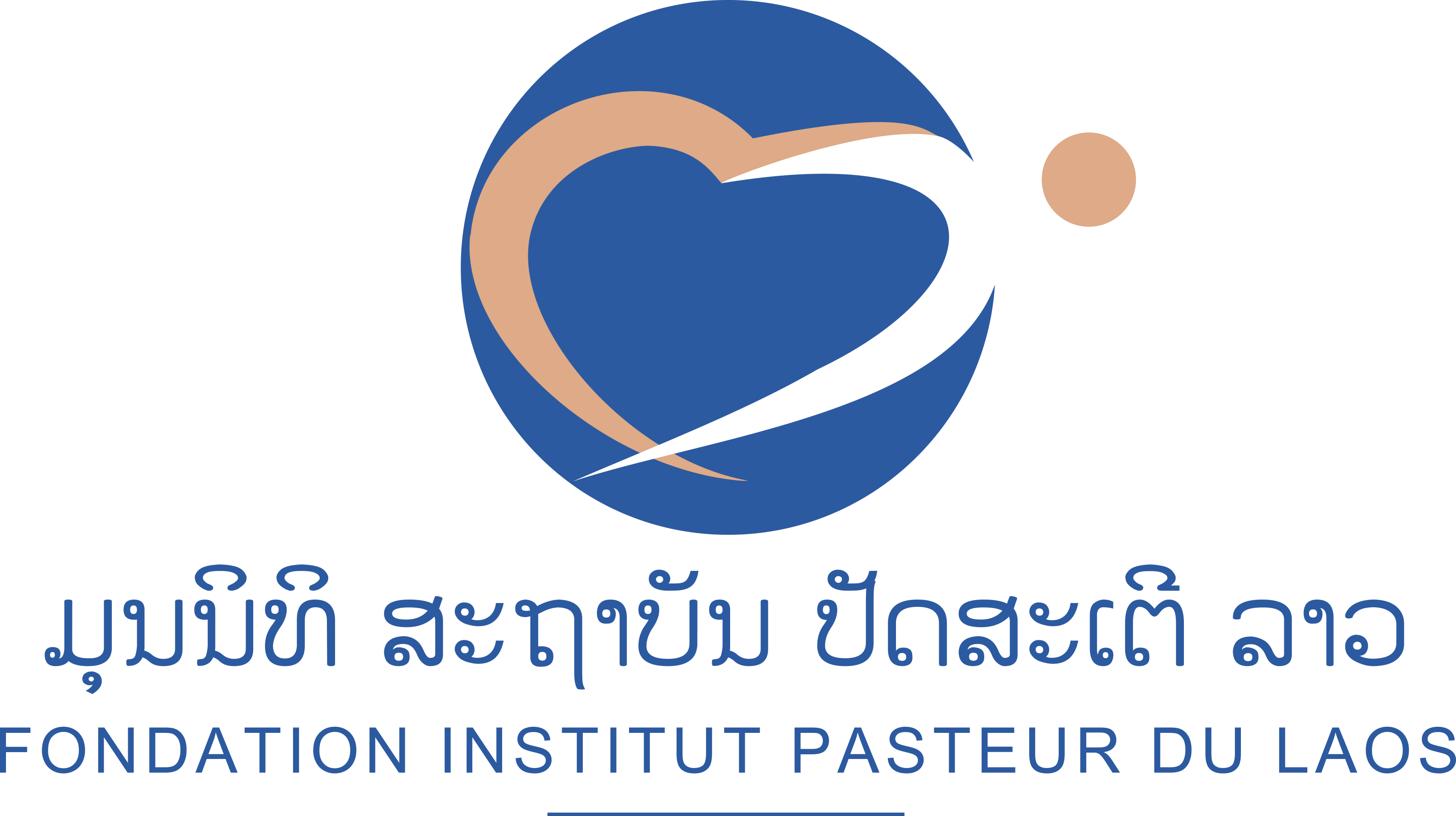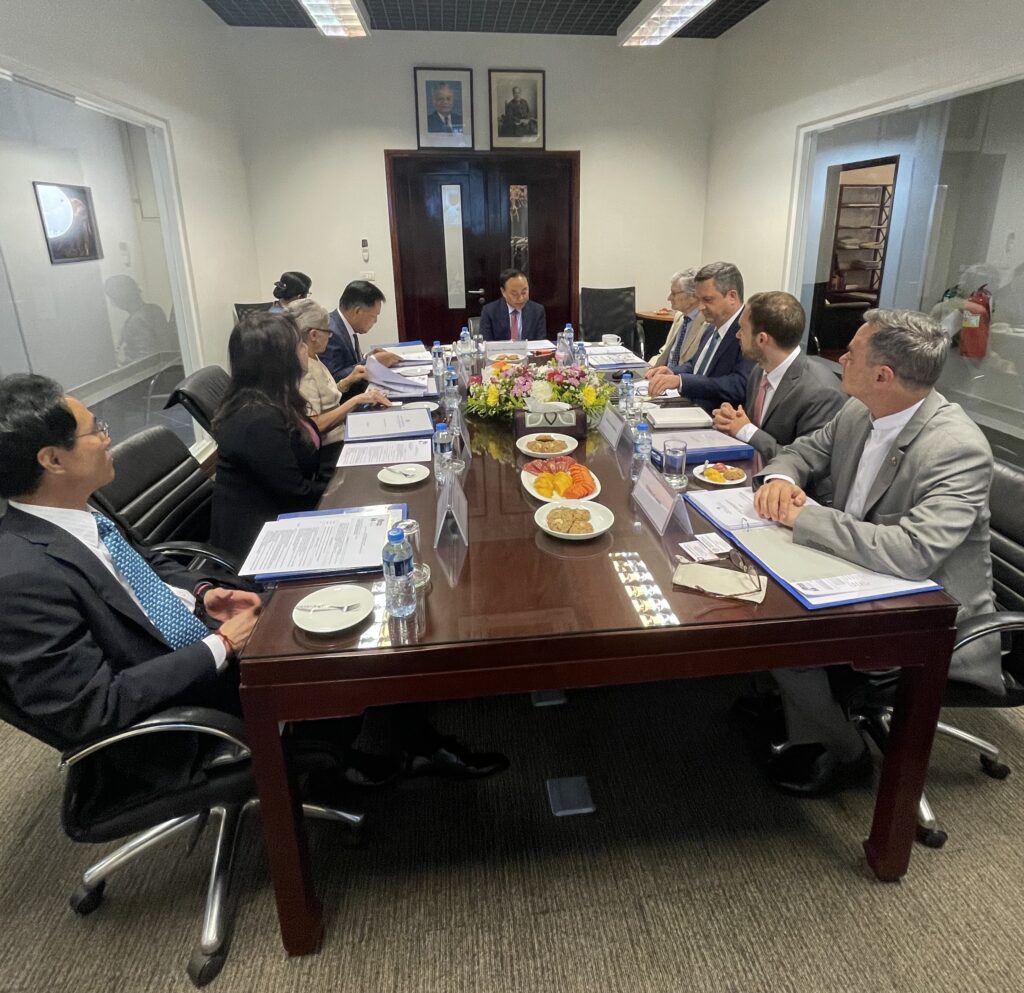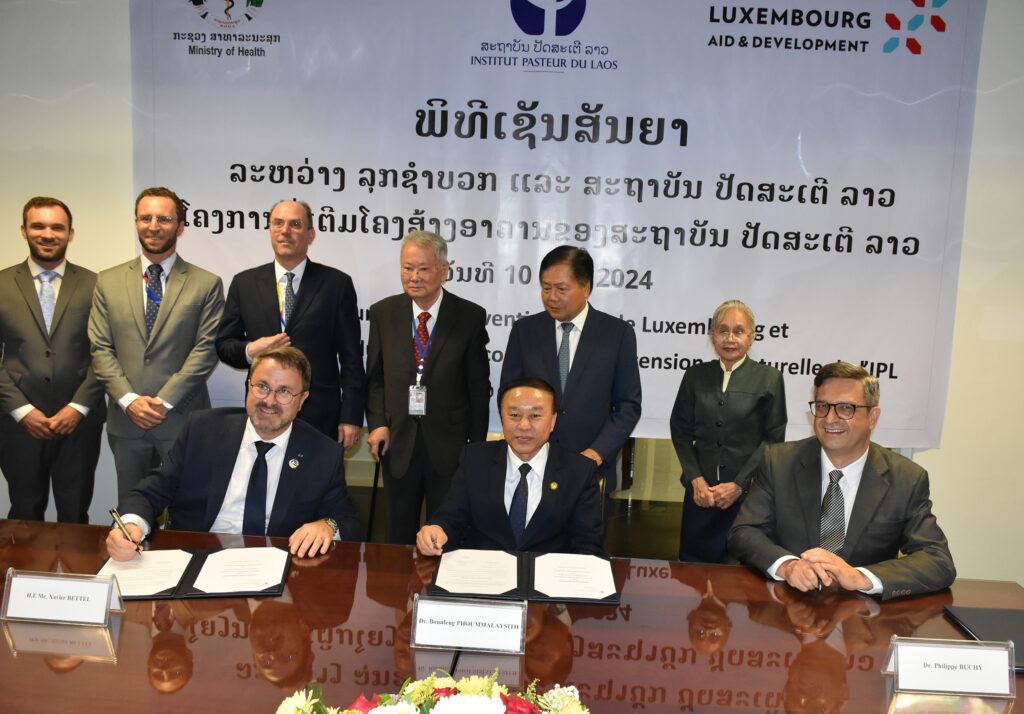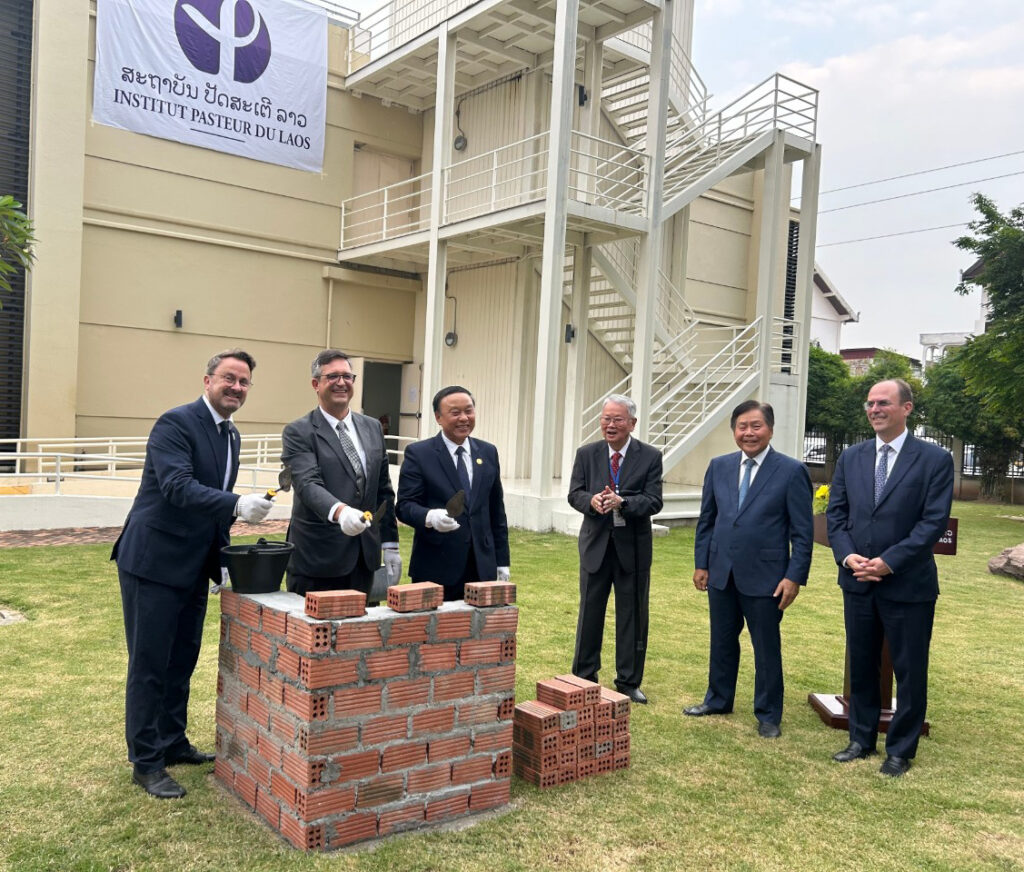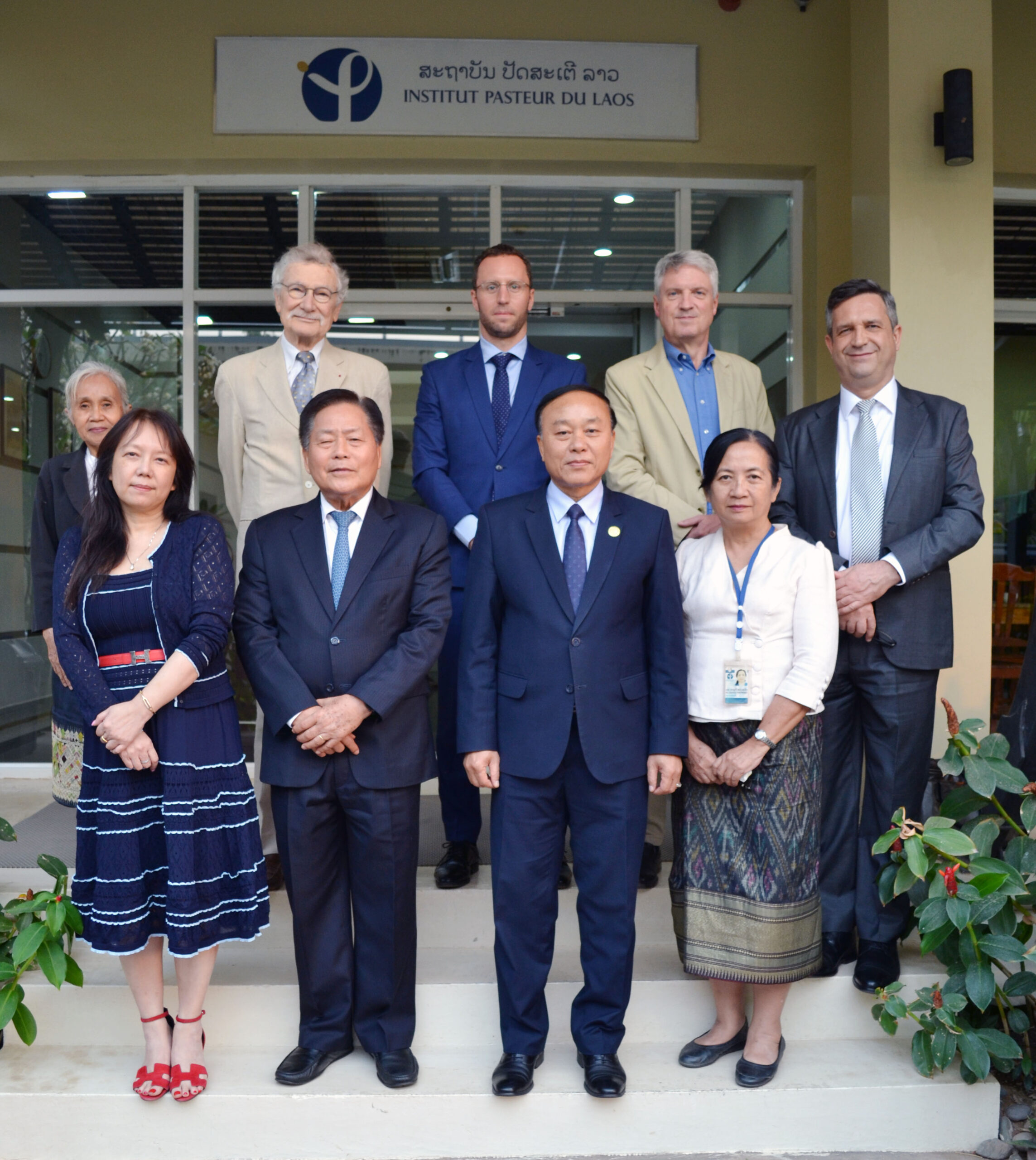Medical Entomology & Biology of Disease Vectors 2019
Head of Lab: Paul T. Brey Ph.D.
Email:

The main objective of our lab is to study biology and the ecology of arthropod vectors (mosquitoes, sandflies, ticks, etc.), as well as the transmission cycles of the viruses, parasites and other microbial pathogens they transmit. Furthermore, we are working on ways to mitigate vector-borne disease transmission in Lao PDR via vector control training programs.
Executive Summary
Like previous years the Medical Entomology and Vector-Borne disease laboratory have been very active. This year we have published eight articles in reputable international journals. In 2019 the IPL entomology team hosted the International Medical Entomology Course of the Pasteur International Network for 15 high-level students from Laos, Cambodia, Vietnam Myanmar, France, New Caledonia, Slovenia, Iran, Tunisia and the Kingdom of Bhutan. This year’s annual report relates our scientific results on the ECOMORE 2 (Agence Français du Développement – AFD funded) This project explored Aedes aegypti and Aedes albopictus larval and adult populations throughout Vientiane Capital and analyzed the usefulness of novel Pyriproxyphentreated In2Care traps as a means of targeted Aedes vector control.
In addition, in the Arbovec Plus project we continued our collaboration with the US Naval Medical Research Center Asia (NMRC-A) in Singapore on insecticide resistance in Aedes aegypti and Aedes albopictus vectors from six provinces of Lao PDR, to validate the usefulness of novel molecular markers of insecticide resistance and finally to validate high-throughput PCR diagnostic tests to identify insecticide resistance in Aedes aegypti.
In the context of the National Geographic Project, we carried out an inventory of Culicidae, Phlebotominae, and Ceratopogonidae as well as their diversity density and population dynamics inside and around caves. This study was carried out to determine the dipteran vectors in caves where bats are living. With the increase in cave visits for tourists in Lao PDR, it is requisite to have a better understanding of infectious emerging disease risks that these vectors represent.
Finally, we carried out the Spillback project to assess the risk of Dengue Virus to migrate from urban and peri-urban environments to simian populations in forested areas of Lao PDR (75% of the country) via bridge vectors, such as Aedes albopictus and Aedes malayensis. The “spillback” of the Dengue virus into Simian populations lead to the establishment of a forest cycle of Dengue in Lao PDR, as is already the case in Malaysia. We explore and test this hypothesis in our studies both in Laos Singapore and France.
Team:
Scientists:
1. Khamsing VONGPHAYLOTH, MD
2. Sébastien MARCOMBE, PhD
Junior Scientists:
1. Phoutmany THAMMAVONG, MD
PhD Students:
1. Elliott MIOT, MSc
Technicians:
1. Somsanith CHONEPHESARATH
2. Nothasine PHOMMAVANH
3. Kaithong LAKEOMANY
4. Somphat NILAXAY
5. Phonesavanh LUANGAMATH
6. Vaekey VUNGKYLY
7. Bouapha NGONETHACHACK
8. Inthava KATIYALATH
9. Kongphaeng SAIYALATH
10. Khanmany OUDOMSOUK
Project carried on in the lab:
+ECOnomic Development, ECOsystem Modifications, and Emerging Infectious Diseases Risk Evaluation. Entomology work package.
+ARBOVEC-PLUS
+Inventory of cave-dwelling hematophagous insects in Laos
+PhD thesis: Potential of the mosquito Aedes malayensis as an arbovirus vector in South East Asia

